Home
Traditional network control methods are distributed. Devices function autonomously with limited awareness of the state of the network. Software-Defined Networking has started to change this traditional networking concept. Simplest definition for SDN is The physical separation of the network control plane from the forwarding plane, and where a control plane controls several devices. It is a network architecture that enables the network to be more intelligent and centrally controlled by using software applications.
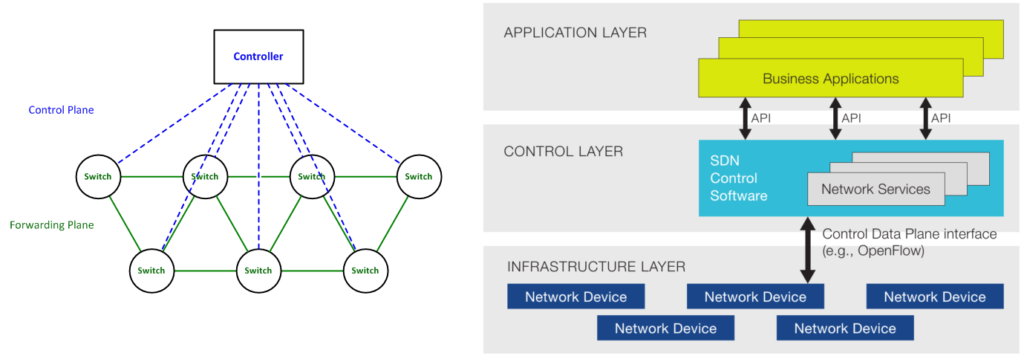
In the SDN architecture, the splitting of the control and data forwarding functions is main idea. These pieces can be sourced separately, rather than deployed as one integrated system. This architecture gives the applications more information about the state of the entire network from the controller.
SDN architectures generally have three components or groups of functionality: SDN Applications, SDN Controller and Networking (Forwarding) Devices.
Segment Routing
Segment Routing is a flexible and scalable way of source routing. With Segment Routing, the source chooses a path and encodes it in the packet header .This encoding is nothing more than Label Stack. A segment is encoded as an MPLS label. An ordered list of segments is encoded as a stack of labels. The segment to process is on the top of the stack. The related label is popped from the stack, after the completion of a segment.

Segment routing can be directly applied to the MPLS architecture with no change in the forwarding plane.
Segment Routing provides automatic traffic protection without any topological restrictions. The network protects traffic against link and node failures without requiring additional signaling. There are some restrictions with classical FRR teschnologies.
SRv6
In IPv6, we have an optional internet-layer information which can be carried in separate headers called Extension Headers. Extension Headers may be placed between the IPv6 header and the upper- layer header in a packet. We have the “Next Header” field in the IPv6 header and every extension header is identified by a distinct Next Header value.

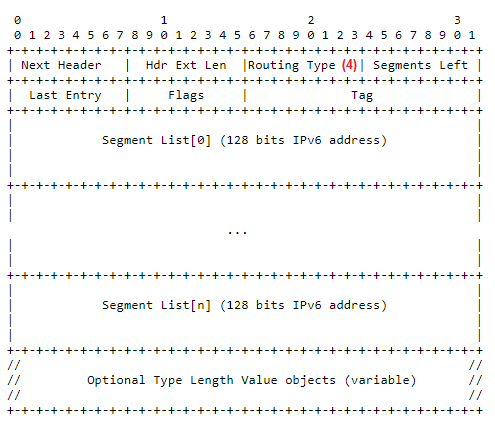
I will not go through all kind of headers here but one of them us imported to us: Routing Header. This header is designed to be used for Source Routing. Now it is improved to be used in the Segment Routing IPv6 Data Plane with a new type which is Segment Routing Header.
MPLS
MPLS is scalable and protocol-independent. In an MPLS network, data packets are assigned labels. Packet-forwarding decisions are made solely on the contents of this label, without the need to examine the packet itself. This allows one to create end-to-end circuits across any type of transport medium, using any protocol. The primary benefit is to eliminate dependence on a particular OSI model data link layer (layer 2) technology. Multiprotocol label switching belongs to the family of packet-switched networks.
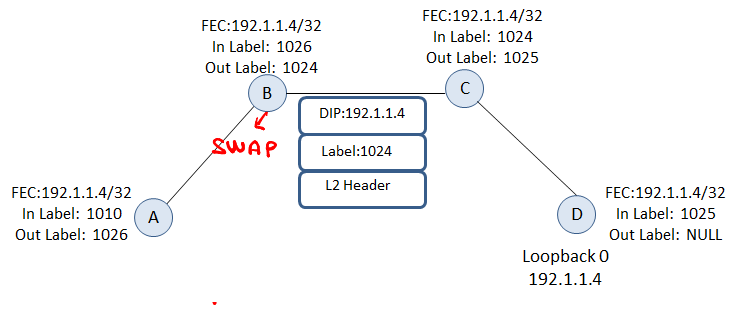
MPLS operates at a layer that is generally considered to lie between traditional definitions of OSI Layer 2 and Layer 3 , and thus is often referred to as a layer 2.5 protocol.
DCN
In traditional data center networking the architecture consists of core routers, aggregation routers (sometimes called distribution routers), and access switches. Between the aggregation routers and access switches, Spanning Tree Protocol is used to build a loop-free topology for the Layer 2 part of network. This approach has several drawbacks including loops, unused links, unpredictable delays etc.
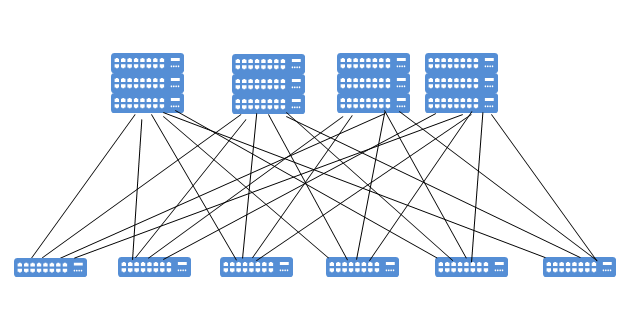
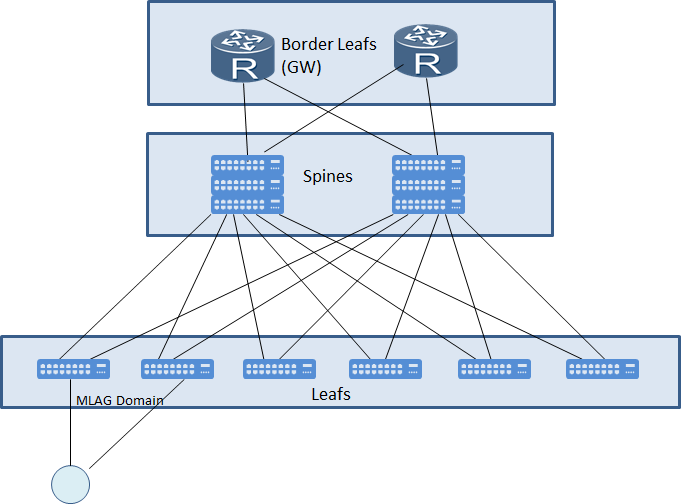
A new data center design called the Clos network–based spine-and-leaf architecture was developed to overcome these limitations. This architecture has been proven to deliver the high-bandwidth, low-latency, non-blocked links etc.
CLOS topology basically have 2 tier, Spine (Core) and Leaf (Access). Every leaf switch is connected to all Spine switches. The spine layer is the backbone of the network and is responsible for interconnecting all leaf switches.


Using the Overlays with the data center fabric will provide separated planes. Once your underlay (data center fabric) is ok, you will just need to configure or program your overlay.
BGP
Even though BGP is categorized as a complex routing protocol, hard to implement and troubleshoot, its deployment in large enterprise networks and data center networks can bring significant benefits.
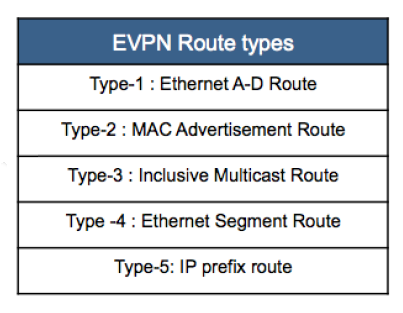
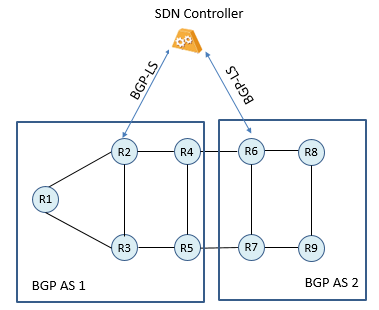
It is also must for the service providers who provides L3VPN services and Internet services as well.
Other
Sometimes we are missing the most basic parts.
Tag Cloud
add-path adjacency-sid bgp bgp-ls bgp-lu bsid clos data center data plane dcn end end-dt4 evpn flex-algo frr function irb L2VNI L3VNI leaf locator mac-vrf mlag mpls nve prefix-sid sdn Segment Left segment routing segment routing header SID spine spine-leaf sr-mpls sr-policy srgb srh srlb srv6 srv6 nodes srv6 sid ti-lfa VNI vtep vxlan